Video : Close-up of the ancient bridge, the most beautiful village structure in the ancient capital of Hue
Note
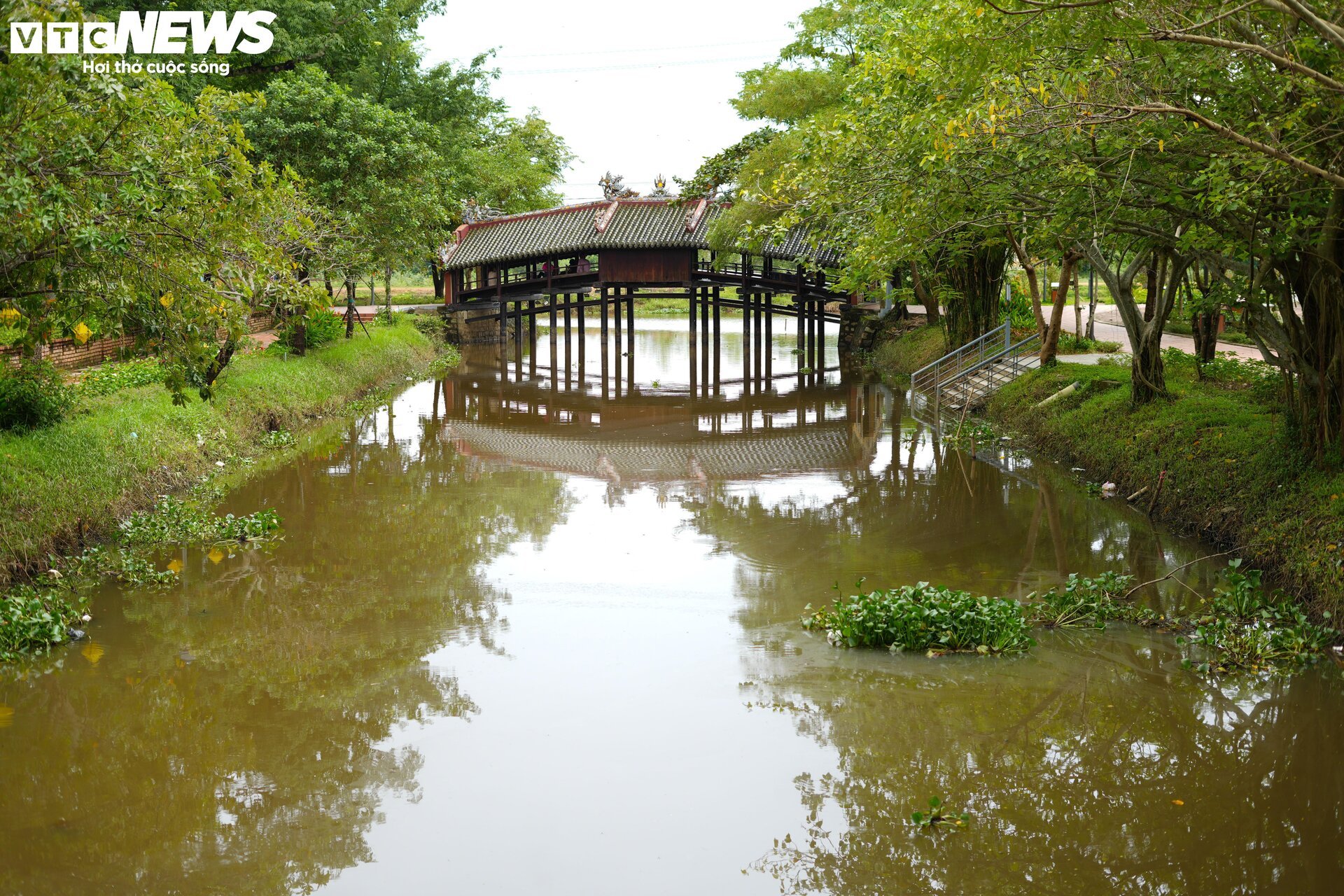
Thanh Toan tile-roofed bridge (Thuy Thanh commune, Huong Thuy town, Thua Thien - Hue province) has always been one of the famous and unique tourist attractions of the ancient capital of Hue. This bridge is not only famous for its antiquity but also for its unique architecture as it is one of the few bridges built in the "thuong gia ha kieu" style (above is the house, below is the bridge) that still exists in Vietnam.
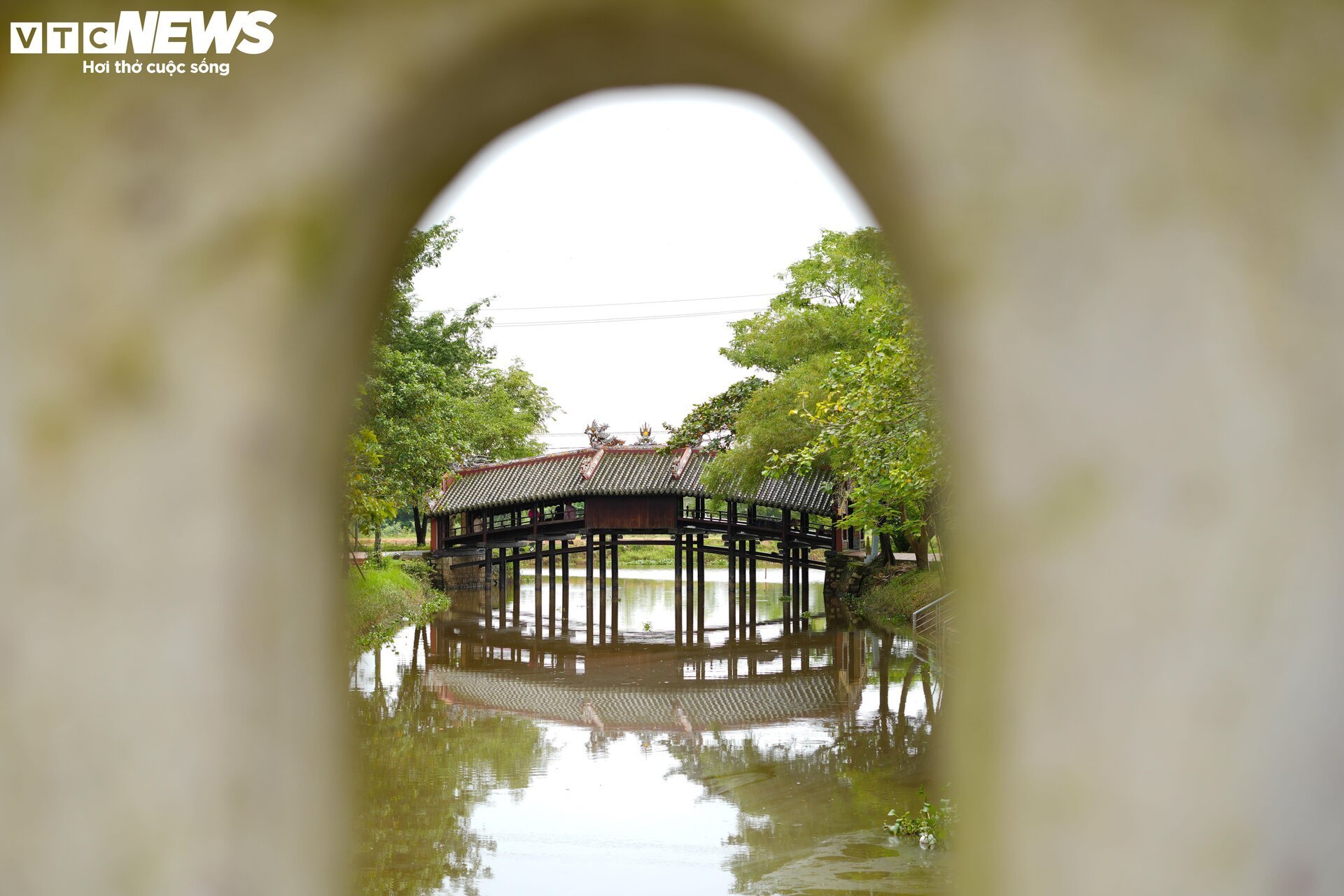
According to statistics, besides Thanh Toan tile bridge, there are only a few bridges in Vietnam built in the "upper house, lower bridge" style such as Chua Cau (Hoi An), tile bridge in Hai Anh commune (Hai Hau, Nam Dinh ), Phat Diem tile bridge (Kim Son, Ninh Binh), two tile bridges in Chua Thay (Hanoi)...
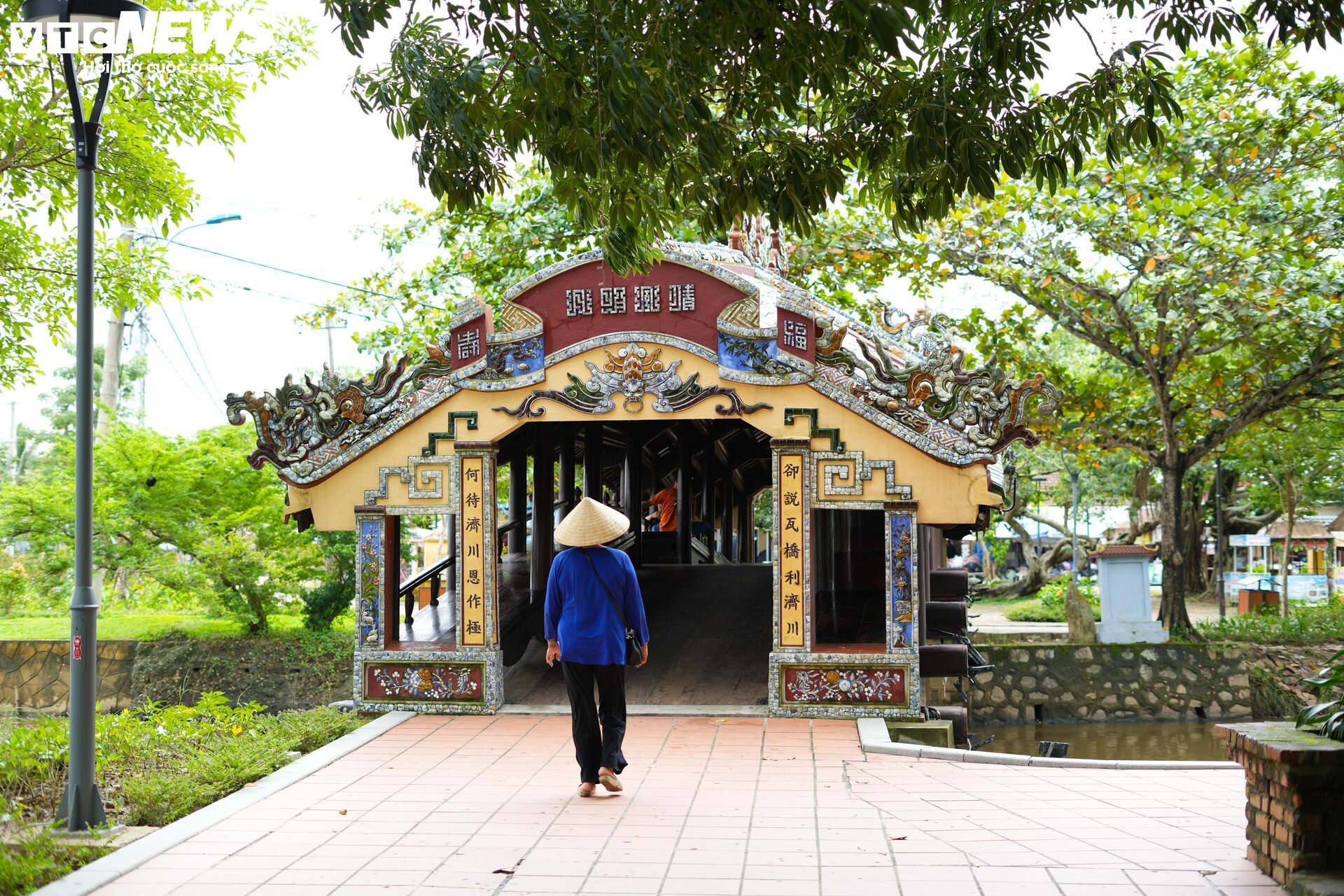
Thanh Toan tile-roofed bridge is considered an ancient bridge with many values in terms of architectural art and culture... considered the most beautiful village construction in Hue. This is also a wooden bridge classified as rare and has the highest artistic value among the ancient bridges in Vietnam. In 1990, this bridge was recognized as a national monument by the Ministry of Culture, Sports and Tourism.
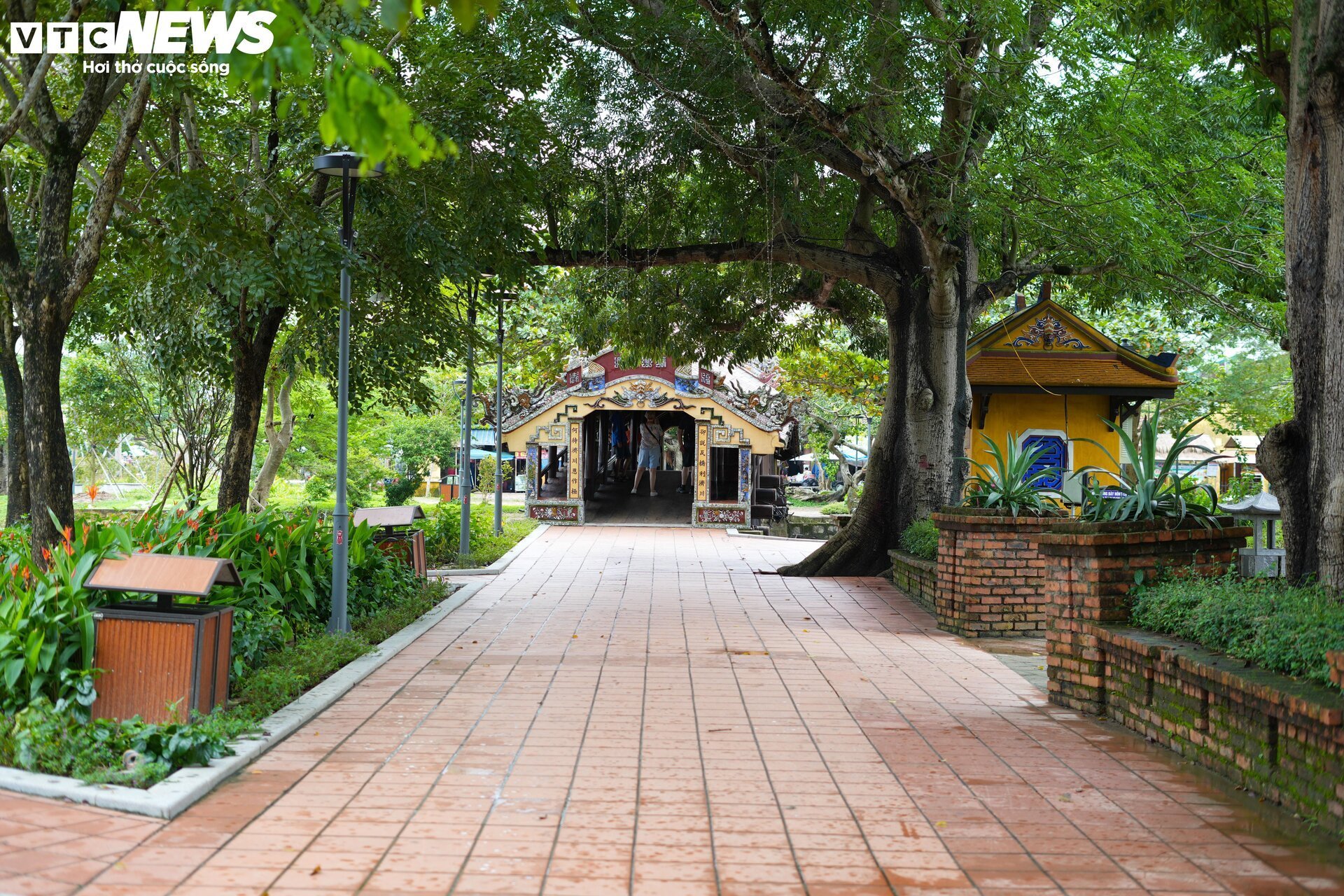
Thanh Toan tile-roofed bridge was recorded to have been built in 1776, by a sixth-generation granddaughter of the Tran family in Thuy Thanh, Mrs. Tran Thi Dao.
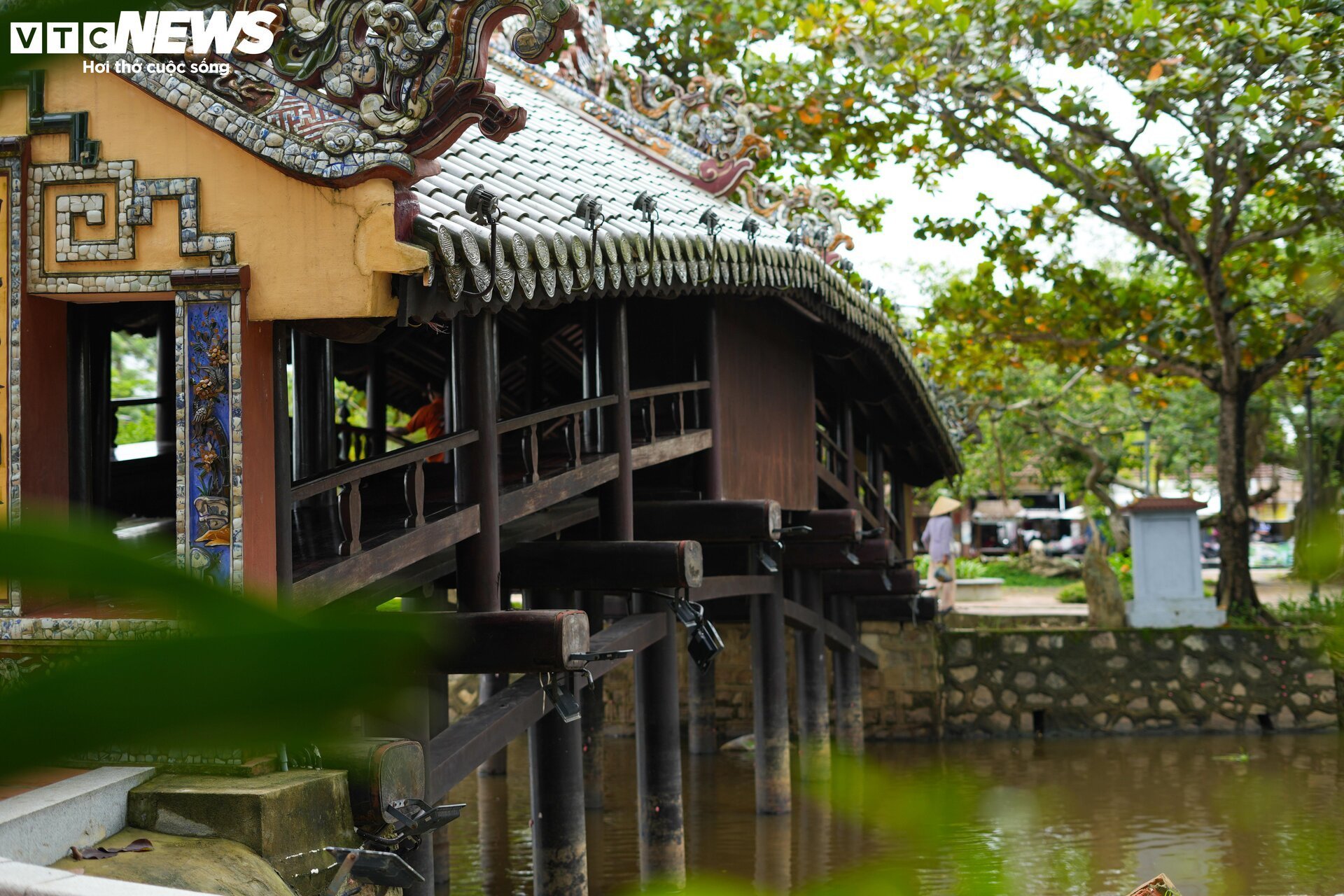
Historical records say that a small village in Thuy Thanh used to have a river flowing through it. Villagers who went to work on the other side of the river had to row boats, and all travel was done by boat, so it was quite difficult and time-consuming. Through many rainy and sunny seasons, cold and bitter, seeing the villagers struggling to cross the river, Mrs. Tran Thi Dao, a villager, thought of doing something to change this. With her virtue and compassion for the villagers, she used her own money to build a bridge for people to travel more conveniently.
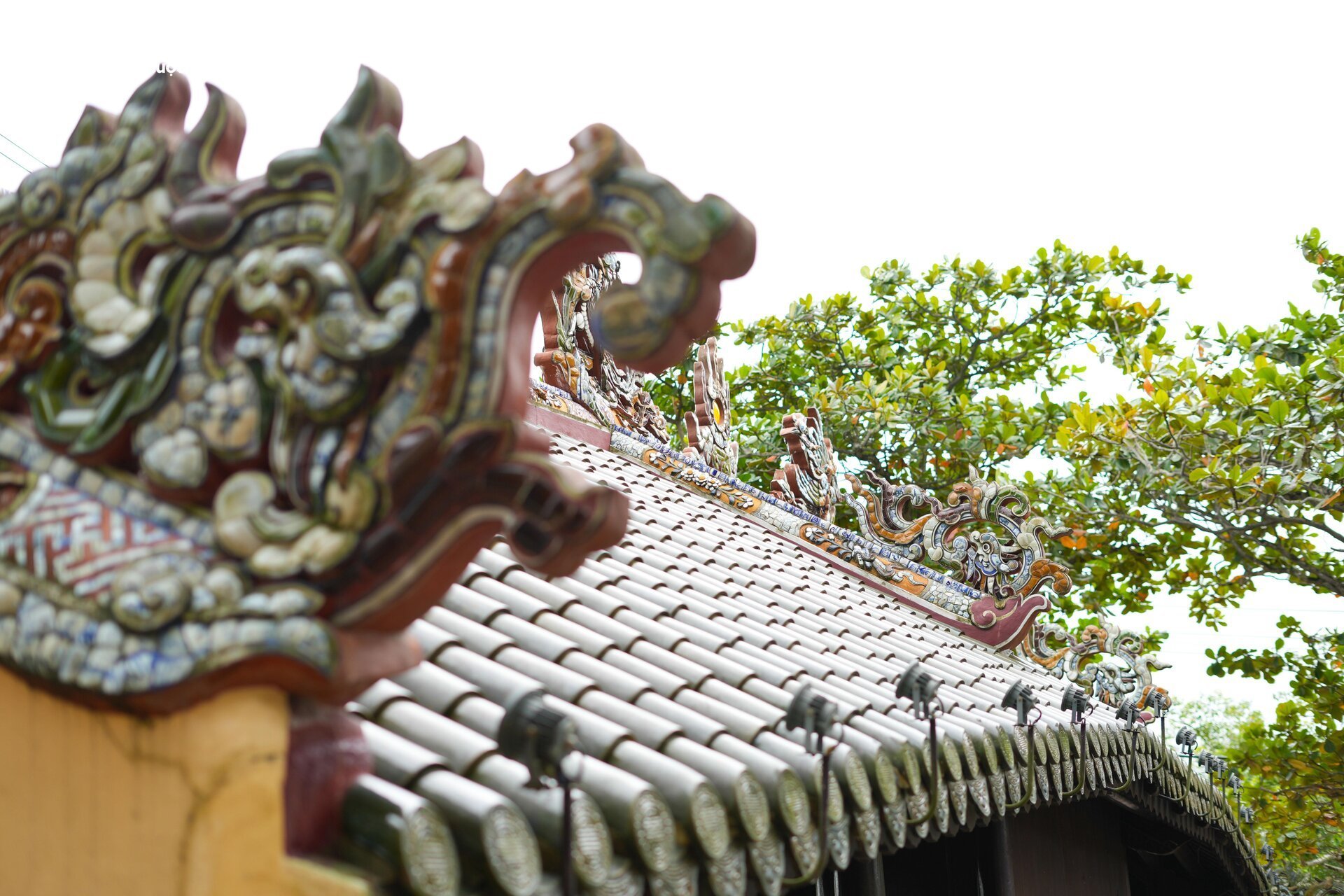
Thanks to her merit in building Thanh Toan tile-roofed bridge, Mrs. Tran Thi Dao was respected and worshipped by the villagers. In 1776, King Le Hien Tong issued a decree praising Mrs. Tran Thi Dao and exempted the village from many types of taxes so that they could remember her merits and follow her good example. In 1925, King Khai Dinh also issued a decree to confer on her the title of Duc Bao Trung Hung Linh Pho and ordered the villagers to set up an altar right on the bridge to worship her.
The altar of Mrs. Tran Thi Dao is located in the central and most solemn position on Thanh Toan tile-roofed bridge.
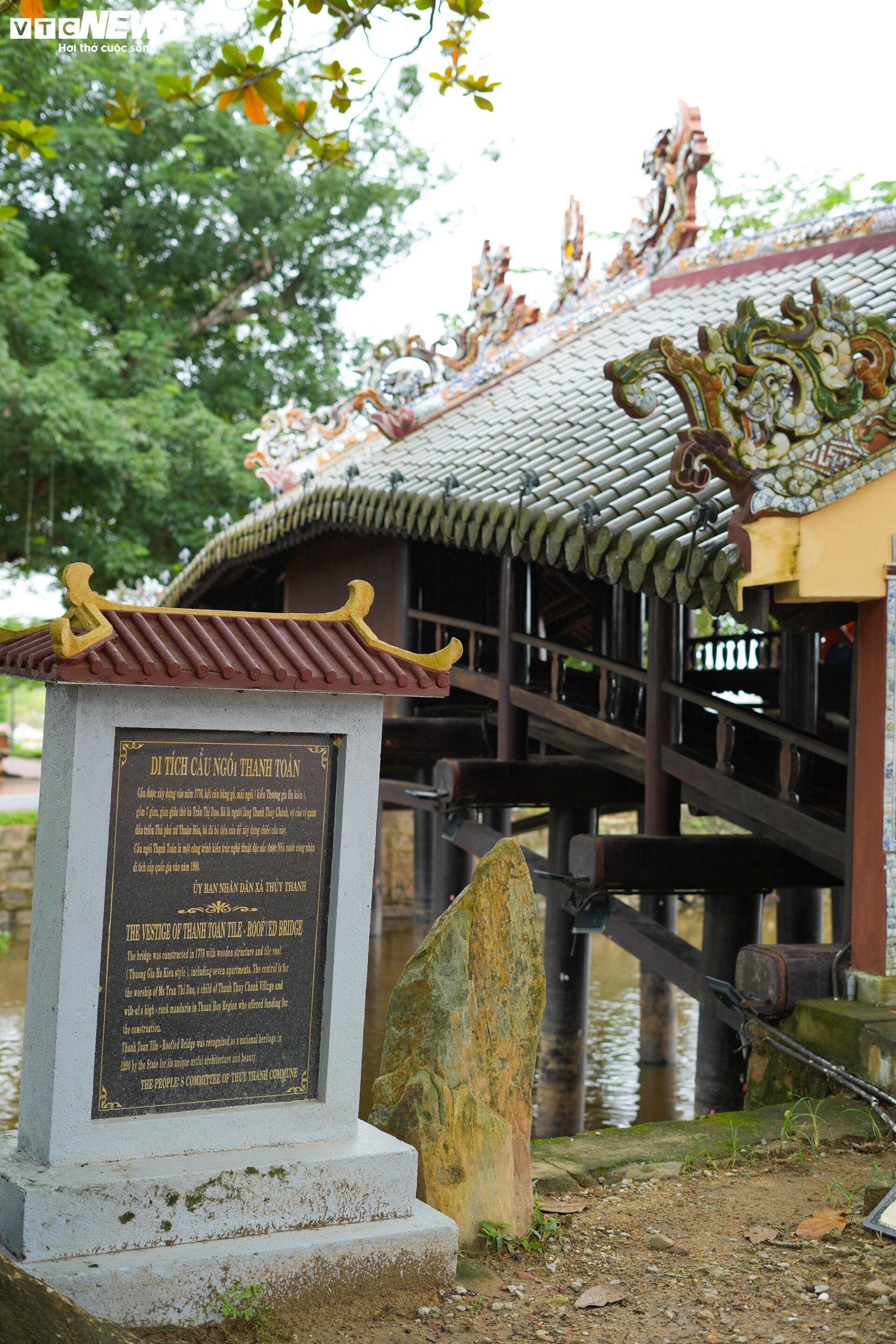
The original length of Thanh Toan tile bridge was 18.75m and 5.82m wide. However, after four restorations and the effects of time, nature, and war, today the bridge is only 16.85m long and 4.63m wide. The bridge is divided into 7 sections, with two rows of wooden platforms and railings on both sides of the bridge for sitting and leaning against. The bridge has a roof covered with glazed tiles. From the outside, you will see that the bridge has the shape of a house.
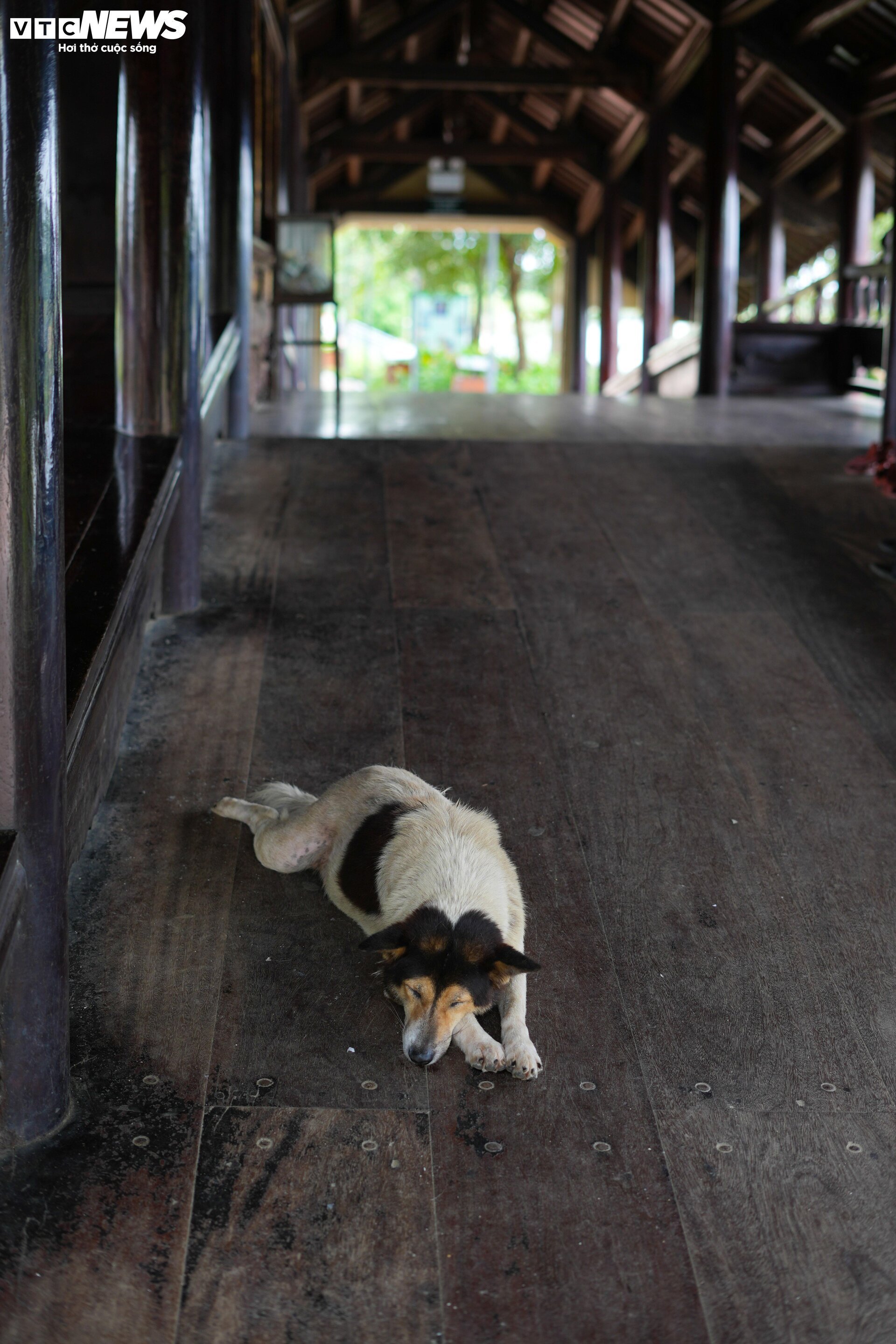
The entire bridge floor system and the columns and beams of Thanh Toan tile bridge are made of wood.
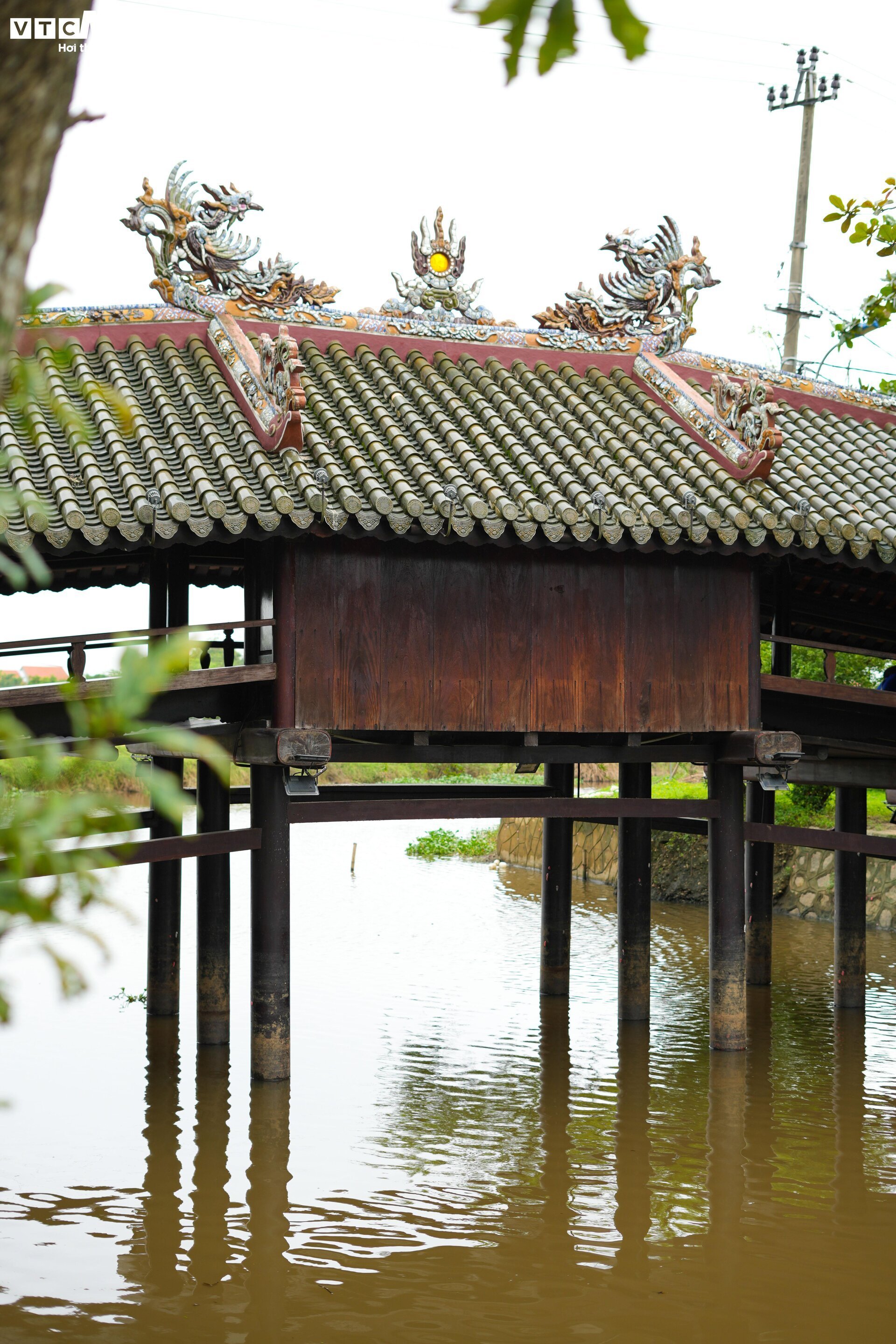
The roof is covered with glazed tiles and the motifs are decorated with images of dragons, phoenixes, flowers and leaves using the typical ceramic mosaic art of the ancient capital of Hue.
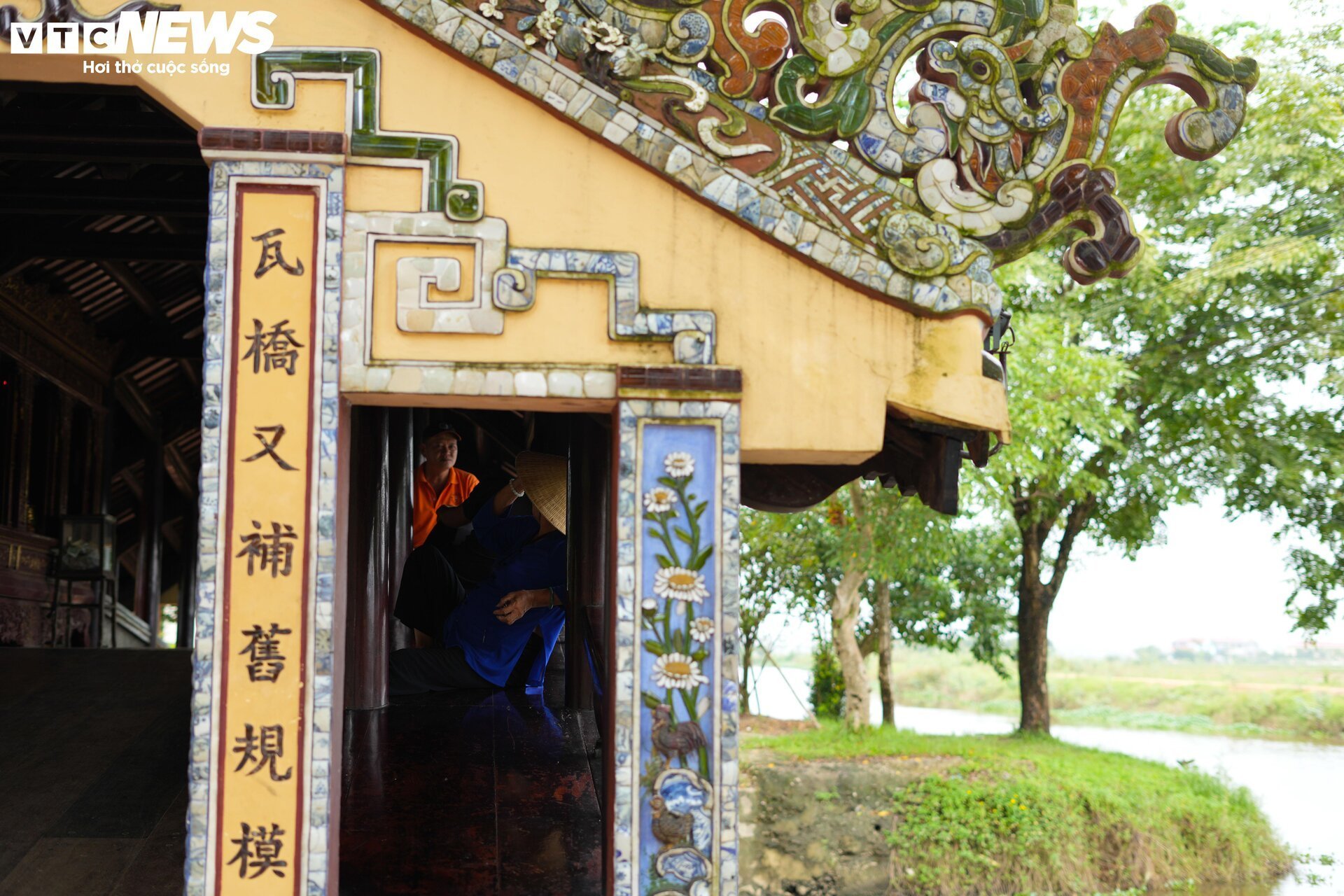
After nearly 250 years, in April 2020, Thanh Toan tile-roofed bridge was dismantled by local authorities for conservation, restoration and embellishment with a total investment of more than 13 billion VND.
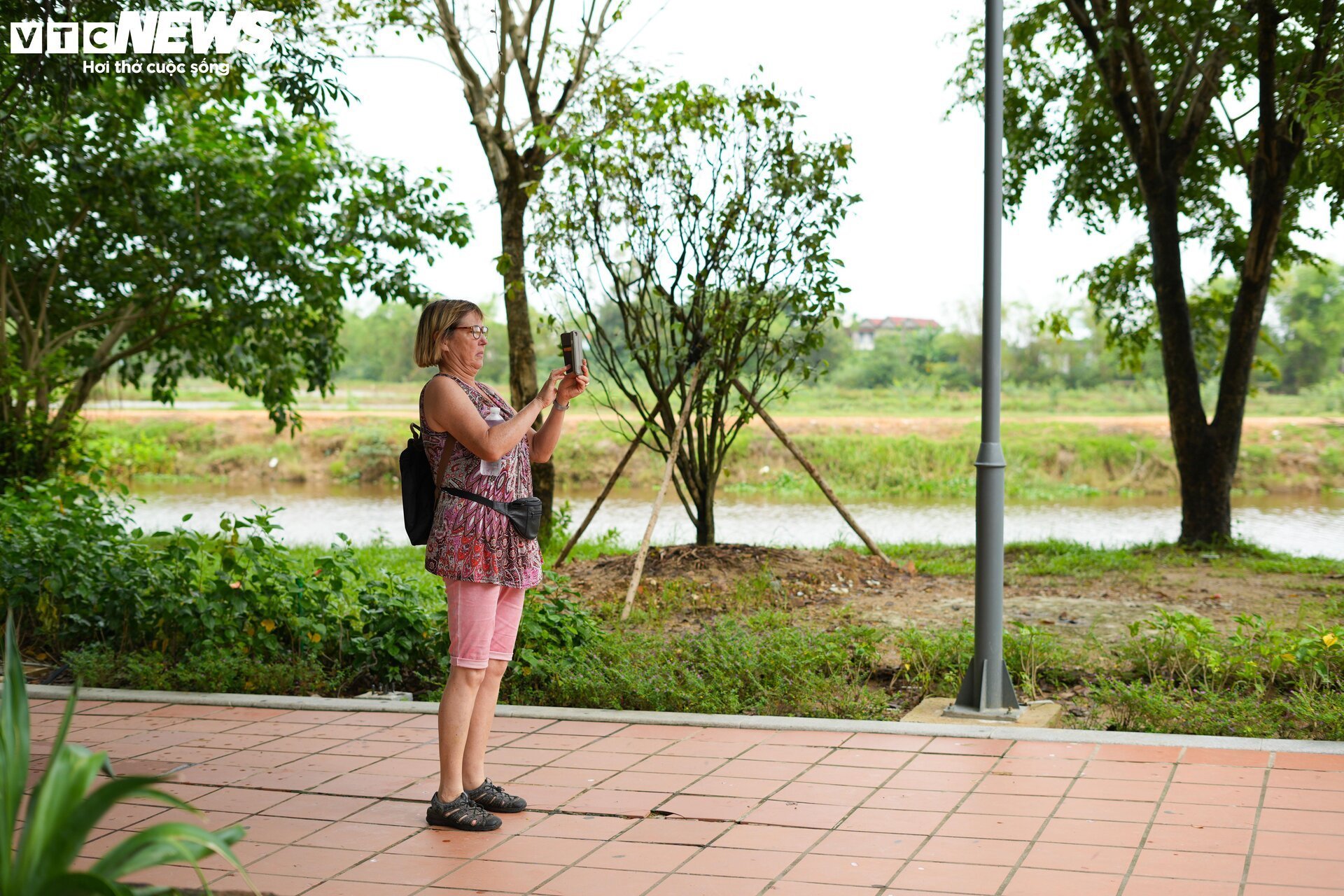
After being restored, Thanh Toan covered bridge attracts many locals and tourists to visit and take photos. This is also a familiar sightseeing spot for international tourist groups coming to Hue.
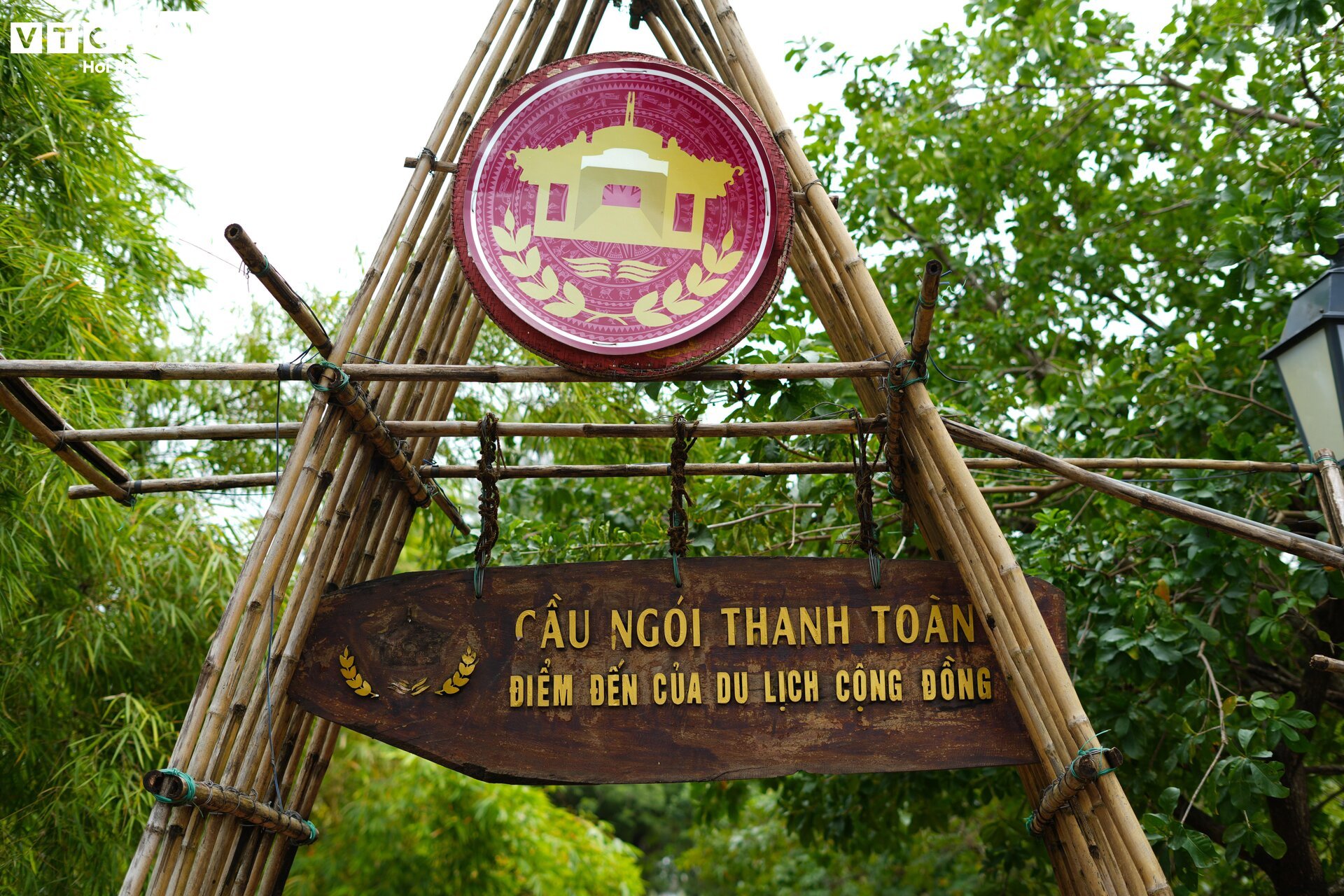
In addition, at the Hue Festival in recent years, Thanh Toan covered bridge was chosen as the venue for the "Countryside Market" event, attracting a large number of participants and is currently an attractive destination for community tourism in the ancient capital.
Source



![[Photo] President Luong Cuong holds talks with South African President Matamela Cyril Ramaphosa](https://vphoto.vietnam.vn/thumb/1200x675/vietnam/resource/IMAGE/2025/10/23/1761221878741_ndo_br_1-8416-jpg.webp)
![[Photo] Prime Minister Pham Minh Chinh meets with South African President Matamela Cyril Ramaphosa](https://vphoto.vietnam.vn/thumb/1200x675/vietnam/resource/IMAGE/2025/10/23/1761226081024_dsc-9845-jpg.webp)
![[Photo] Prime Minister Pham Minh Chinh chairs meeting on railway projects](https://vphoto.vietnam.vn/thumb/1200x675/vietnam/resource/IMAGE/2025/10/23/1761206277171_dsc-9703-jpg.webp)










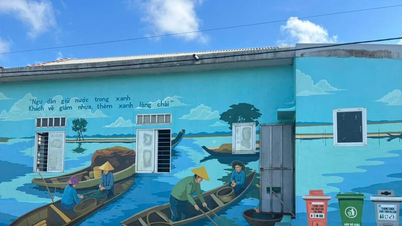



















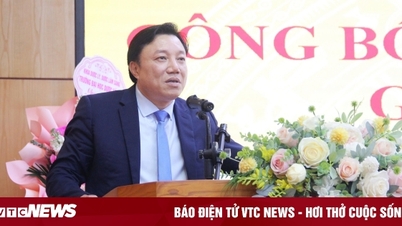

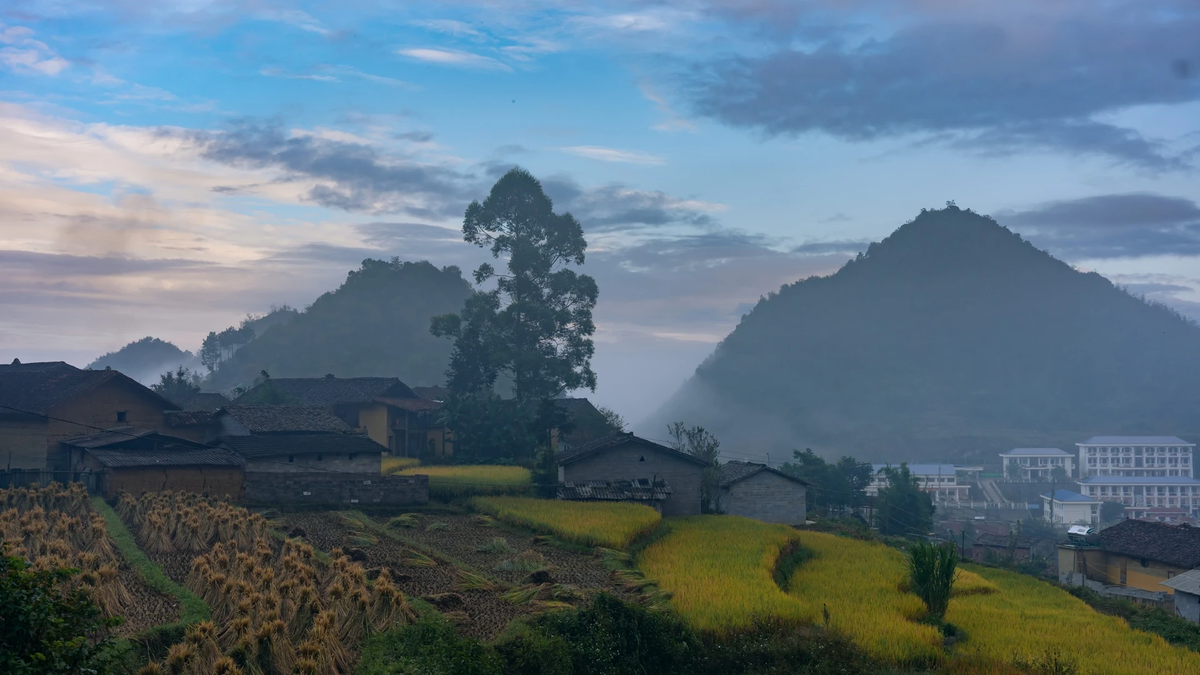
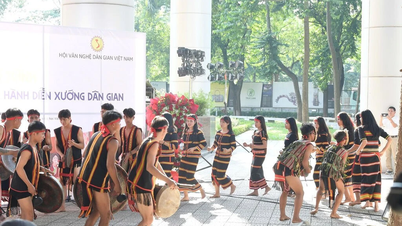










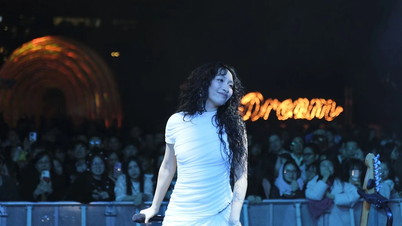
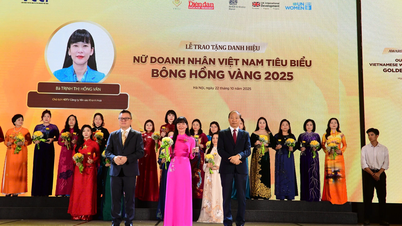

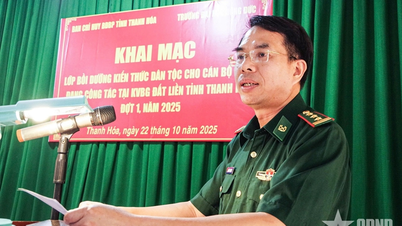



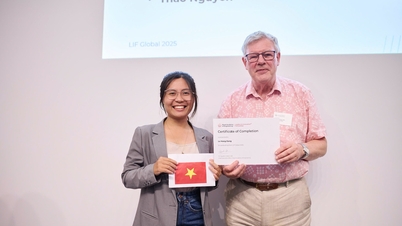



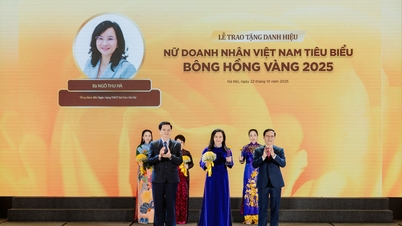






















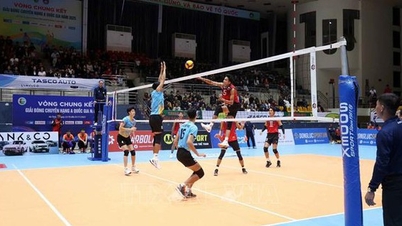


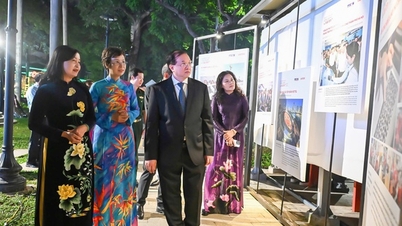

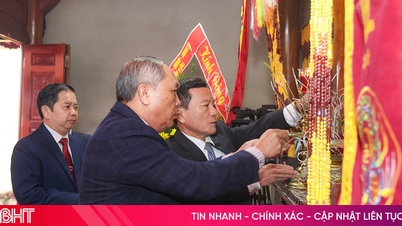
























Comment (0)